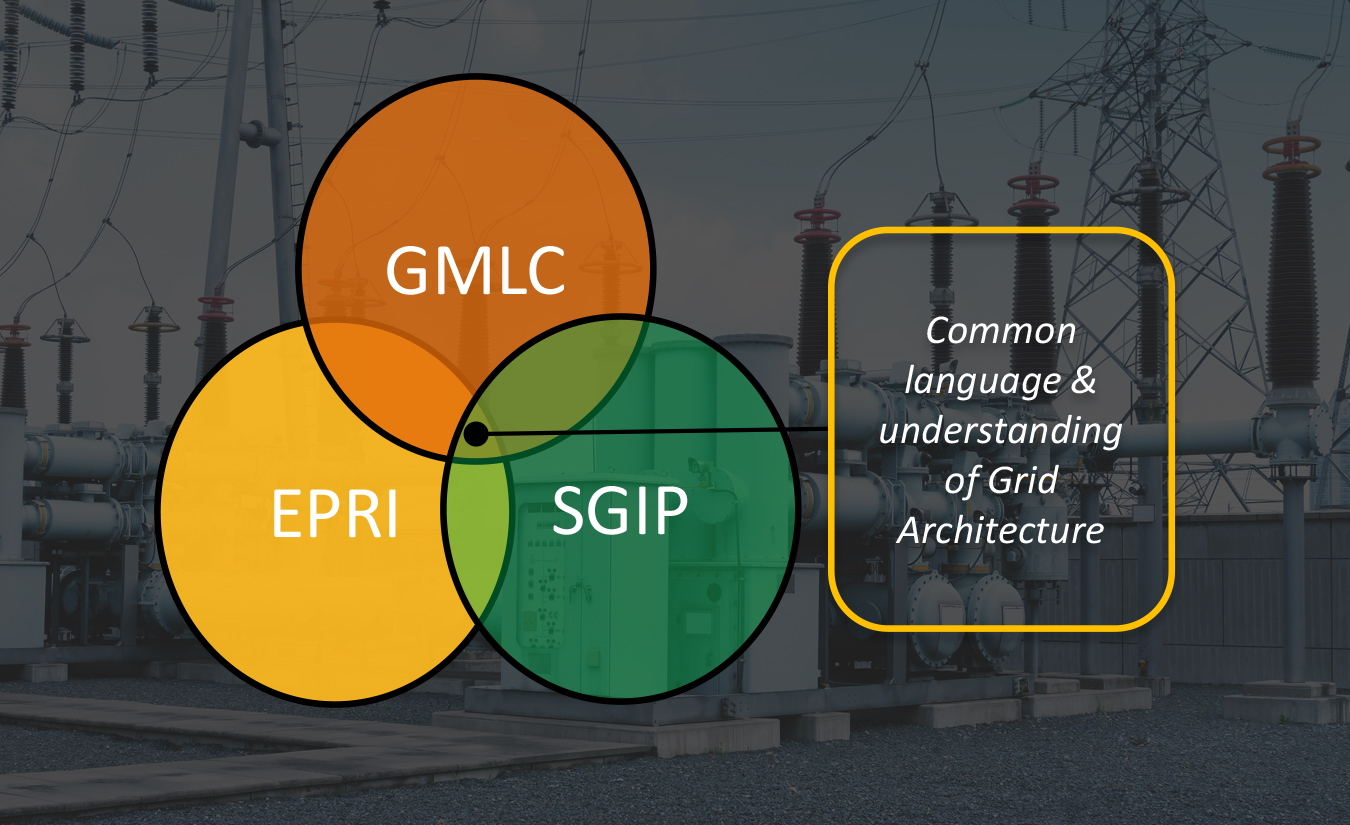CHALLENGE
As grid complexity increases, any lag or disconnect in the system compounds the inefficiency and overall functionality of the system, directly impacting both utilities and consumers. Decision makers such as regulators, utilities, and technology developers need better tools and understanding to adapt the massively complex and ever-evolving power grid to their needs.
SOLUTION
Researchers from Pacific Northwest National Laboratory and Oak Ridge National Laboratory are using advanced system architecture principles, combined with network theory, control theory, and software engineering to define the overall shape of the system, its attributes, and how the parts interact. With a host of experts from several national laboratories and industry—including the Smart Grid Interoperability Panel, General Electric, the Electric Power Research Institute, and many others—the team achieved several key milestones in 2016. Notably, they:
- completed a quality/property list and initial mapping that outlines industry segments and regions for stakeholders—including regulators and utilities.
- completed an architecture glossary to ensure a common language and understanding among stakeholders.
- generated a list of architectural views—such as structure drawings, specifications, and component models that describe the forward-looking design of the grid—as well as priorities from external partners.
- completed reference models outlining guidance for future high distributed energy resource(DER) grids; structure diagrams for market-control systems in high, medium, and low DER grids; and industry structure models for the independent system operator/regional transmission organization industry segment.
- forged collaboration s with 11 other GMLC projects in advisory and information exchange roles to ensure consistency and useful grid modernization framework across all projects.
BENEFIT
These key steps represent important progress towards building consensus with stakeholders on how to manage the complexity and risks related to grid changes. They also help reveal the hidden interactions and technical gaps to reduce the chance of unintended consequences and potentially millions of dollars of stranded electricity investments.
Related Projects
-
Grid Architecture
The Grid Architecture project objectives are to provide a set of architectural depictions, tools,


